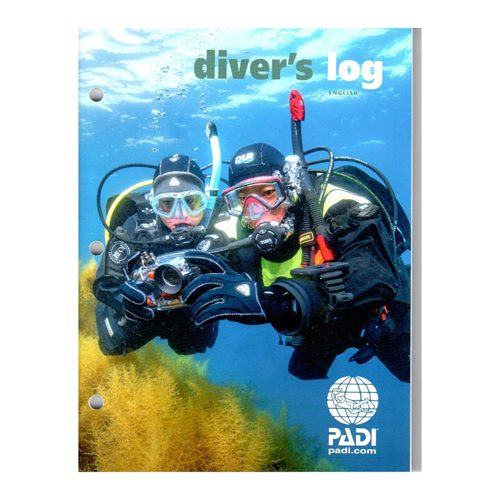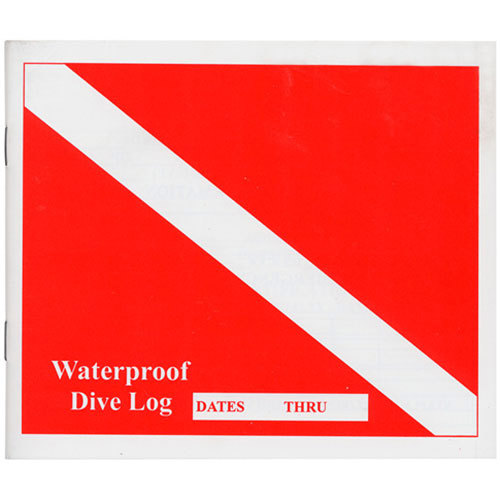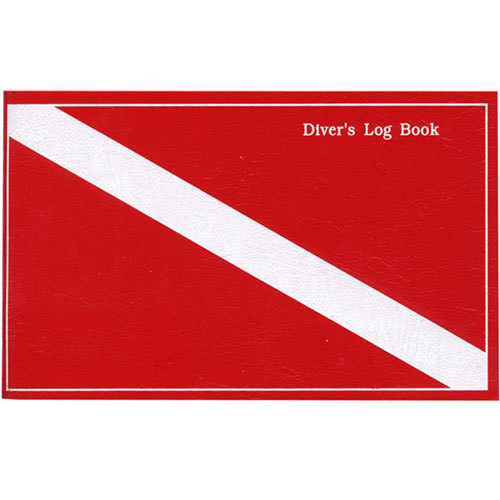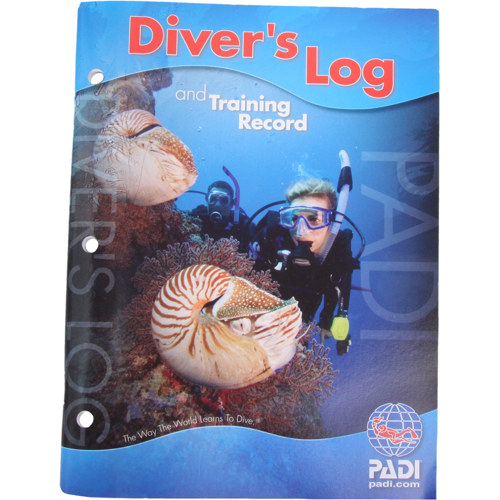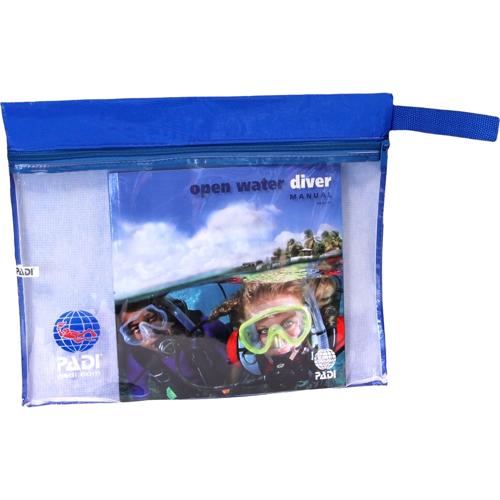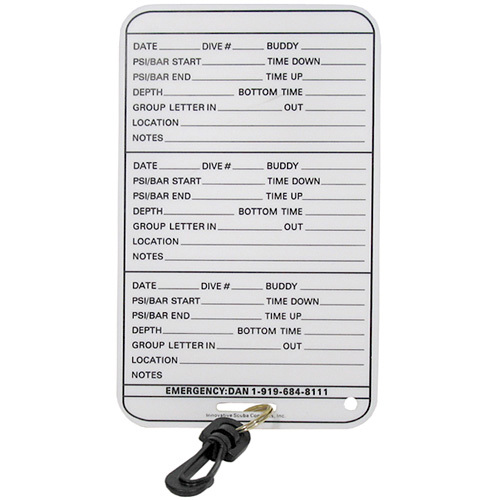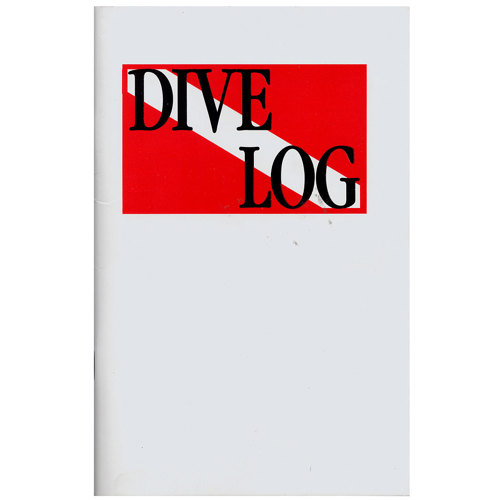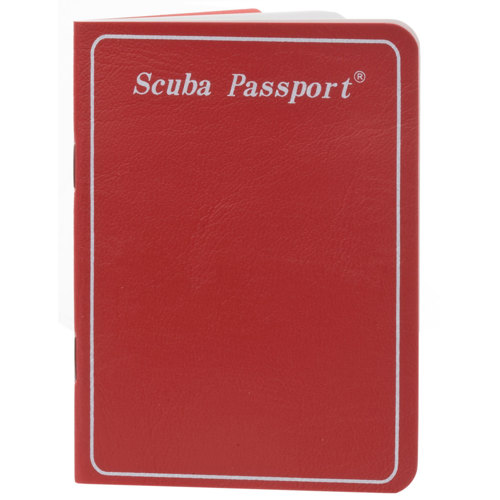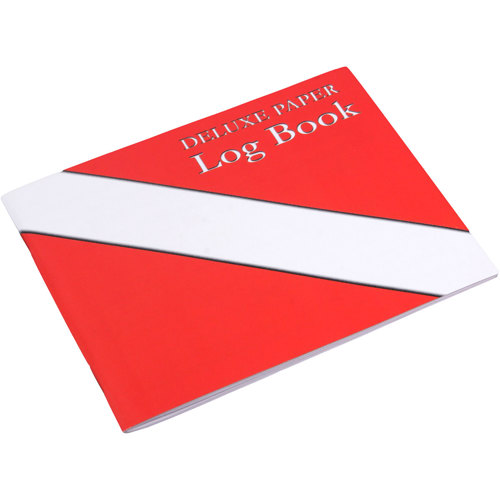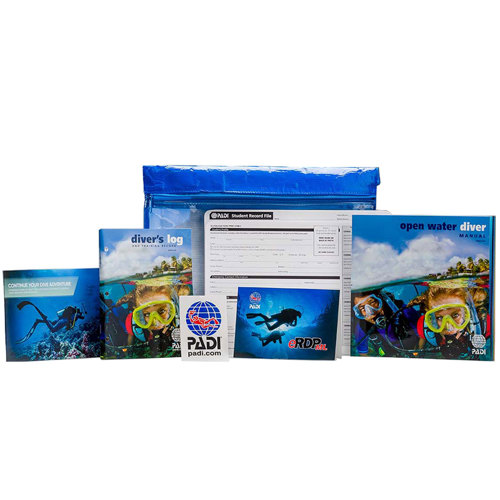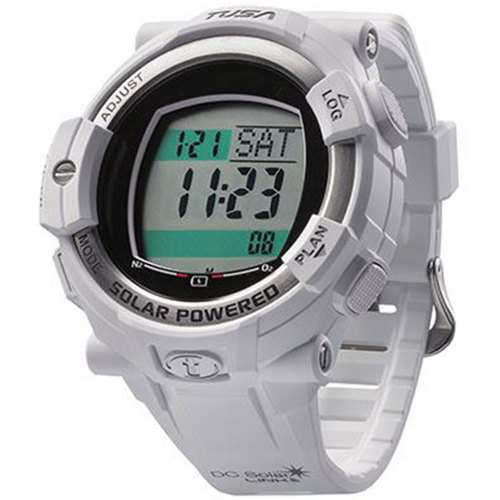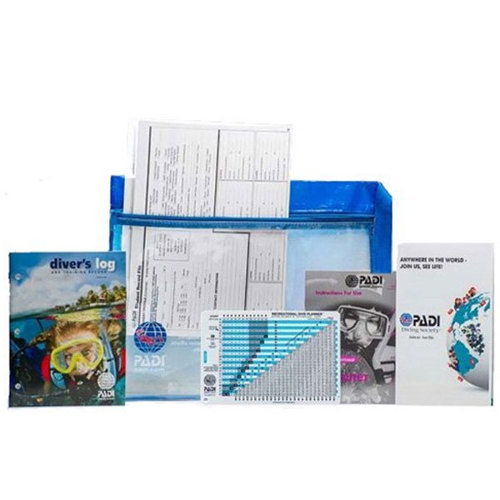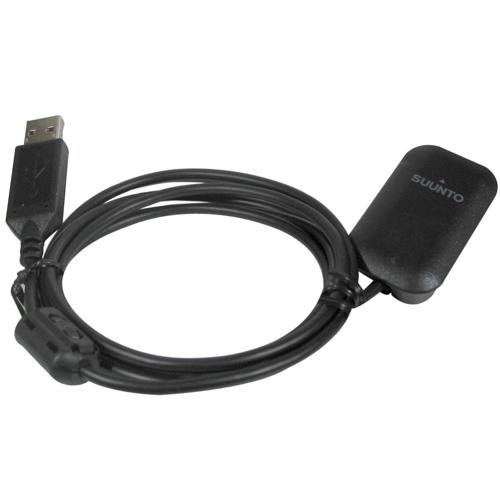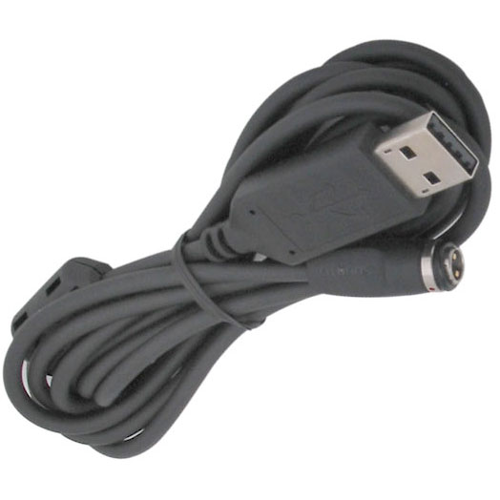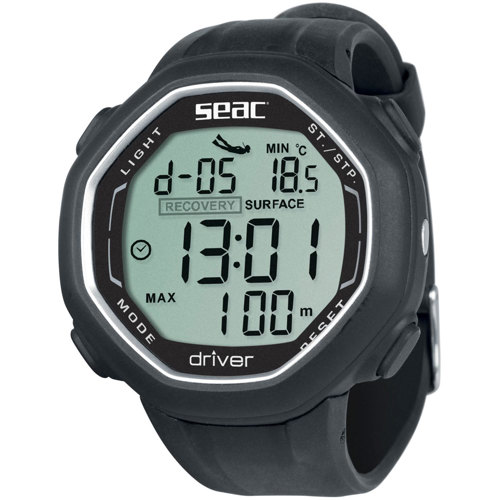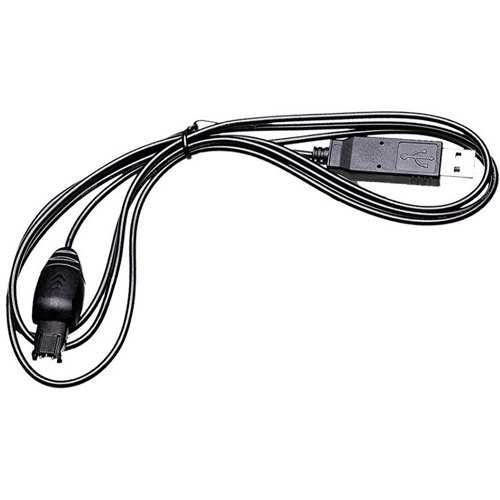Whether you’re just starting out in the world of scuba diving or you’ve already logged hundreds of dives in exotic locations, maintaining a detailed dive certification log is an essential part of the underwater journey. Dive logs are far more than just a record of dates and depths—they become a personal archive of every adventure, skill milestone, and memorable encounter beneath the surface. For many divers, the logbook is a trusted companion, chronicling everything from that first breath underwater to the thrill of spotting a rare creature gliding through a coral garden. These logs are also practical tools, serving as proof of experience when advancing to new certifications or joining guided dives at renowned sites. Dive operators and instructors often request to see a diver’s logbook before granting access to more challenging dives, especially in locations with strong currents, deep walls, or unique environmental considerations. In the height of summer, as waters warm and dive sites come alive with marine activity, keeping your log current ensures you’re always ready to seize new opportunities—whether you’re exploring local reefs or planning a getaway to a tropical destination.
Choosing the right dive certification log depends on your diving style, frequency, and personal preferences. Traditional paper logbooks offer a tactile and enduring way to record dives, with pages for notes, buddy signatures, and even space to paste in mementos like dive shop stamps. Many divers enjoy flipping through these pages years later, reliving each dive with vivid recollections triggered by scribbled notes about water temperature, visibility, or that unexpected encounter with a sea turtle. For others, digital dive logs are the way forward, providing seamless integration with dive computers and mobile devices, automatic syncing to online profiles, and features like GPS tagging and weather data. Digital logs also make it easy to share your experience with instructors or dive centers around the world, a convenience that’s increasingly valuable for those pursuing advanced training or professional qualifications. Regardless of format, a comprehensive log should include essential details such as date, location, dive number, buddy’s name, depth, duration, conditions, equipment, air consumption, and space for personal observations. These records not only help track progress and fine-tune skills like buoyancy control or air management, but also serve as a valuable tool for planning future dives and identifying patterns in your underwater habits.
Dive certification logs make thoughtful and practical gifts for both new and experienced divers, especially during the busy summer dive season when many are embarking on certification courses or booking dive trips. They’re ideal for students celebrating their first open water certification, seasoned travelers collecting stamps from around the globe, or professionals who need to maintain meticulous records for career advancement. A well-chosen logbook encourages good habits from the very beginning, instilling the discipline to document each dive and reflect on lessons learned. For those looking to compare different log formats or find a style that suits their needs, exploring options like the
Standard Dive Logs page is a great way to get started. Ultimately, a dive log is more than just paperwork—it’s a living document that grows with every descent, capturing the evolving story of your underwater life and ensuring you have the credentials and memories to match your passion for the ocean.
Top Picks For Dive Certification Logs


